Have you ever been enjoying a peaceful evening around your fire pit or barbecue only to be startled by an unexpected serpentine visitor? The phenomenon of snakes being drawn to our outdoor cooking and gathering areas isn’t just coincidental. These reptiles, known for their cold-blooded nature, have specific biological and behavioral reasons for gravitating toward the warmth and activity around our fire pits and BBQs. Understanding why snakes appear in these areas can help us coexist more safely with these often misunderstood creatures and take appropriate precautions without undue fear.
The Thermal Attraction: How Snakes Regulate Body Temperature
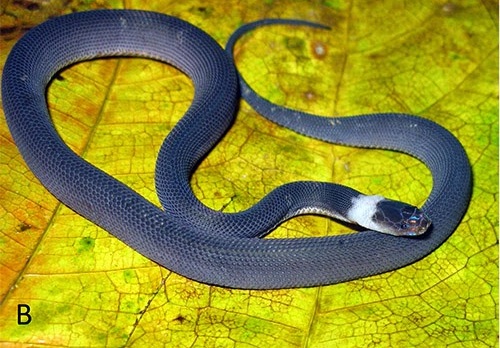
As ectothermic creatures, snakes rely entirely on external heat sources to regulate their body temperature. Unlike mammals, they cannot generate their body heat through metabolic processes. This fundamental biological characteristic means snakes must seek out warm environments to maintain optimal body temperature, especially during cooler evenings or in seasons when ambient temperatures drop. Fire pits and BBQs create significant heat signatures that can be detected by snakes from considerable distances. The radiating warmth from these sources creates an irresistible thermal gradient that draws snakes in, particularly when surrounding areas are cooling down. This heat-seeking behavior is not a matter of preference but rather a crucial survival mechanism that dictates much of a snake’s daily activity patterns.
Prey Attraction: The Food Chain Connection
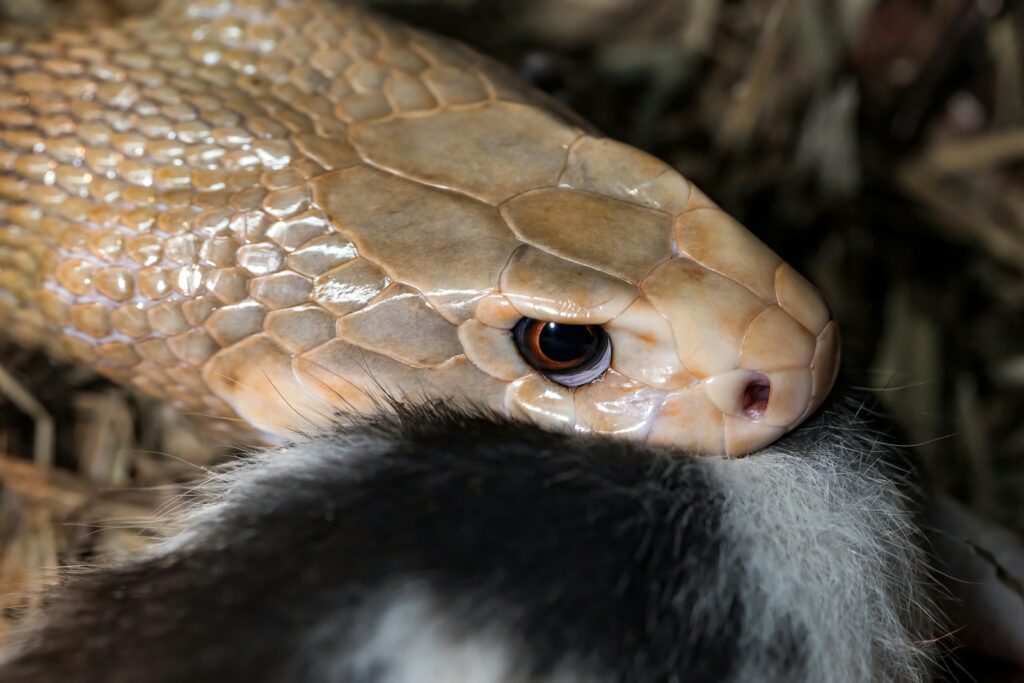
Fire pits and BBQ areas often inadvertently become mini-ecosystems that attract various forms of wildlife, creating a food chain that ultimately draws in snakes. The light and heat from these features attract insects, which in turn attract small rodents, frogs, and other creatures that constitute a snake’s typical diet. Food remnants, crumbs, and garbage associated with outdoor cooking create additional attractants for rodents and other small animals. Snakes, being efficient predators, follow this food chain to its source. Their exceptional sensory adaptations allow them to detect the presence of prey even in complex environments. This cascade effect means that by attracting the base level of the food pyramid, fire pits and BBQs ultimately create hunting grounds that snakes find particularly profitable.
Shelter and Security: Finding Safe Spaces
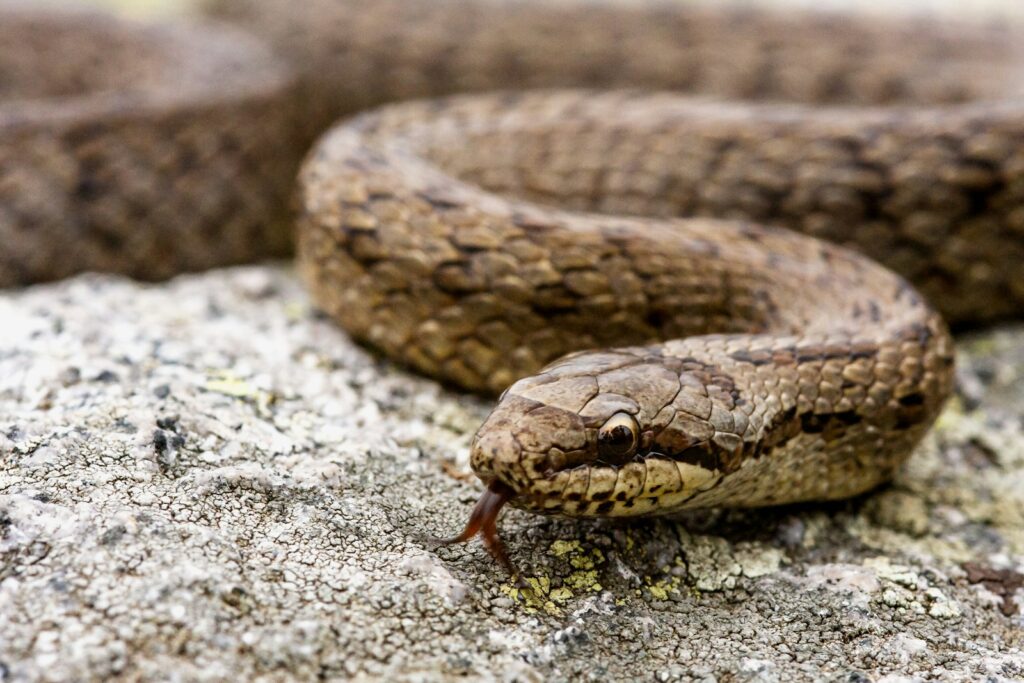
Beyond the obvious heat benefits, the structures associated with outdoor cooking areas often provide excellent shelter opportunities for snakes. Stone rings around fire pits, stacked wood piles, decorative rocks, and the structures of built-in BBQs offer numerous crevices and protected spaces where snakes can hide from predators. These spaces frequently stay warmer than surrounding areas even after the fire has died down, making them doubly attractive. The combination of structural protection and residual heat creates ideal microhabitats for snakes seeking refuge. Additionally, these areas are often located at the edges of human habitation where natural habitat meets developed space, precisely the transition zones that many snake species prefer to inhabit, giving them access to both natural prey and the benefits of human-created environments.
Sensing Heat: The Remarkable Infrared Detection
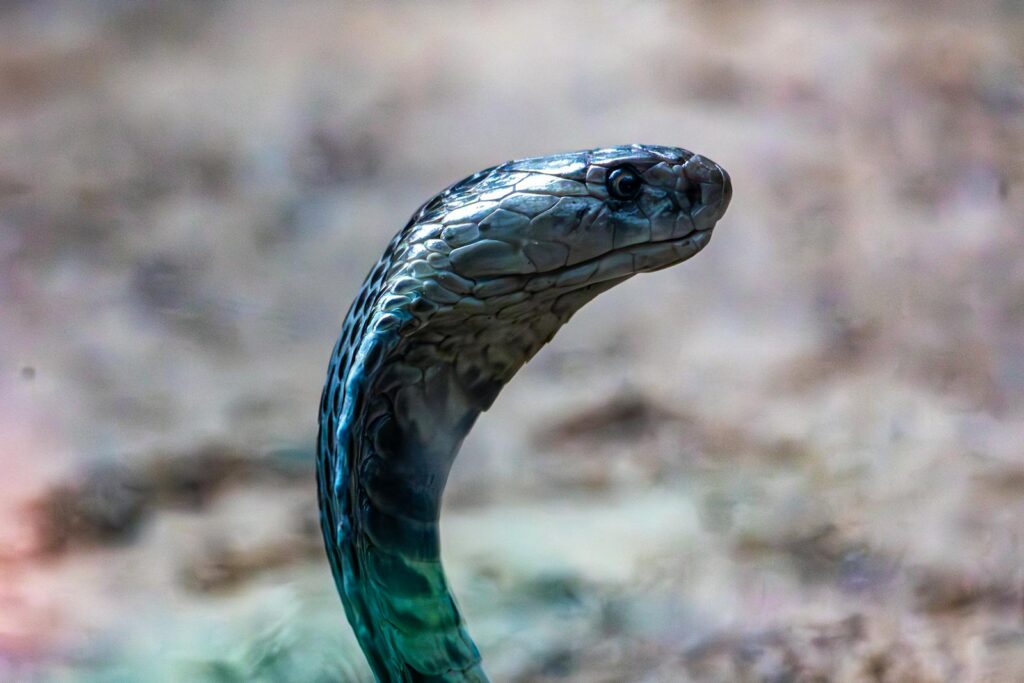
Certain snake species possess specialized heat-sensing organs that make them particularly adept at finding fire pits and BBQ areas. Pit vipers, including rattlesnakes, copperheads, and cottonmouths, have heat-sensitive pit organs located between their eyes and nostrils that can detect minute temperature differences in their environment. These remarkable sensory structures allow snakes to create a thermal image of their surroundings, functioning somewhat like natural infrared cameras. This evolutionary adaptation enables them to locate prey, avoid predators, and find optimal thermal environments with astonishing precision. While non-pit vipers lack these specialized organs, they still demonstrate impressive temperature sensitivity through other means. This heat-detection ability means that the thermal signature of a fire pit can light up a snake’s sensory world like a beacon, drawing them in from surprising distances.
Seasonal Patterns: When Snake Encounters Peak
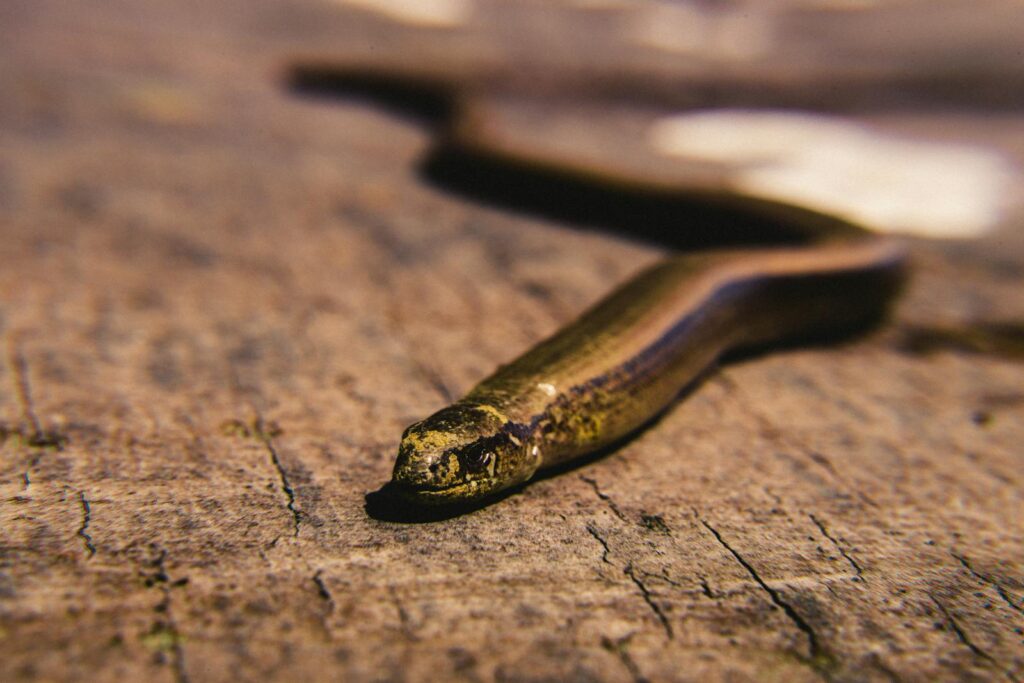
Snake attraction to fire pits and BBQ areas follows predictable seasonal patterns that reflect their biological needs throughout the year. In temperate climates, encounters typically increase during spring and fall when ambient temperatures fluctuate dramatically between day and night. During these transition seasons, the supplemental heat from fire features becomes particularly valuable for snakes’ thermoregulation. Summer evenings also present high encounter possibilities as snakes become more active at night to avoid daytime heat extremes while still seeking warmth as temperatures drop after sunset. Winter encounters are less common in colder regions where many snake species brumate (a form of hibernation), but in milder climates, winter can increase encounters as snakes seek any available heat source. Understanding these seasonal patterns can help homeowners anticipate when extra vigilance might be necessary around outdoor cooking areas.
Regional Variations: Different Snakes in Different Places
The specific snake species attracted to fire pits varies significantly by geographic region, which influences both the frequency and potential dangers of these encounters. In the American Southwest, rattlesnakes may be common visitors to outdoor cooking areas, especially in desert regions where nighttime temperatures drop dramatically. Southeastern states might see copperheads and cottonmouths drawn to these heat sources, particularly in wooded or water-adjacent properties. Western regions contend with species like gopher snakes and racers, while the Pacific Northwest might experience visits from garter snakes seeking warmth. Each region’s native snake species exhibit different behaviors, heat preferences, and activity patterns that affect how they interact with human-created heat sources. Local ecology, including prey availability and natural habitat features, further influences which snake species are most likely to be attracted to backyard fire features in any given area.
The Risk Factor: Assessing Actual Danger
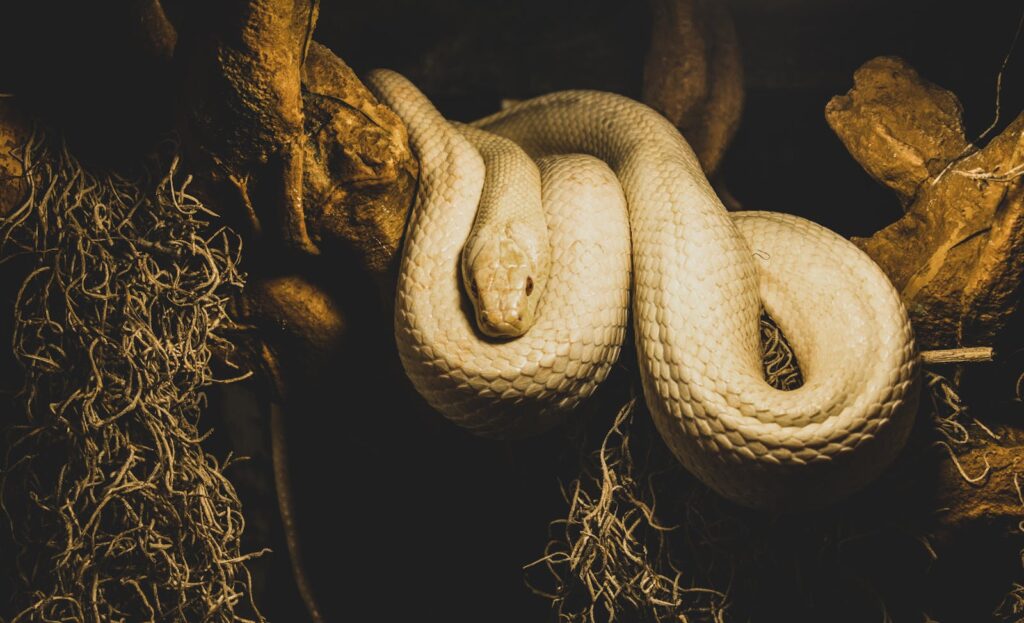
While finding a snake near your fire pit can be alarming, it’s important to realistically assess the actual risks involved in these encounters. The vast majority of snakes encountered around fire pits are non-venomous species that pose virtually no threat to humans beyond the surprise factor. Even in regions with venomous species, snake bites remain extremely rare, and unprovoked attacks are almost nonexistent. Most snake bites occur when people attempt to handle, harass, or kill snakes they encounter. Snakes generally view humans as potential predators and prefer to escape rather than confront when given the opportunity. Despite their somewhat fearsome reputation, most snakes visiting fire pit areas are simply following their biological imperatives for warmth and sustenance, not seeking human interaction. A reasonable approach to risk management involves awareness and simple precautions rather than excessive fear.
Preventive Measures: Creating Snake-Resistant Spaces
There are several effective strategies for making your fire pit or BBQ area less attractive to snakes without diminishing your enjoyment of these outdoor features. Regular maintenance of the surrounding landscape is crucial – keep grass cut short, eliminate brush piles, and remove leaf litter where snakes might hide. Store firewood in elevated racks rather than directly on the ground, and consider using snake-repelling plants like marigold, lemongrass, and wormwood in nearby garden beds. Creating a snake-deterrent perimeter using materials snakes find uncomfortable to cross, such as crushed eggshells, rough gravel, or commercial repellents, can provide additional protection. Ensuring that food waste is promptly cleaned up and properly disposed of reduces prey animal presence, making the area less hunting-friendly for snakes. Sealing gaps in structures and installing fine mesh under decks or patios eliminates potential snake shelters while still allowing for drainage.
Lighting Considerations: How Illumination Affects Snake Behavior
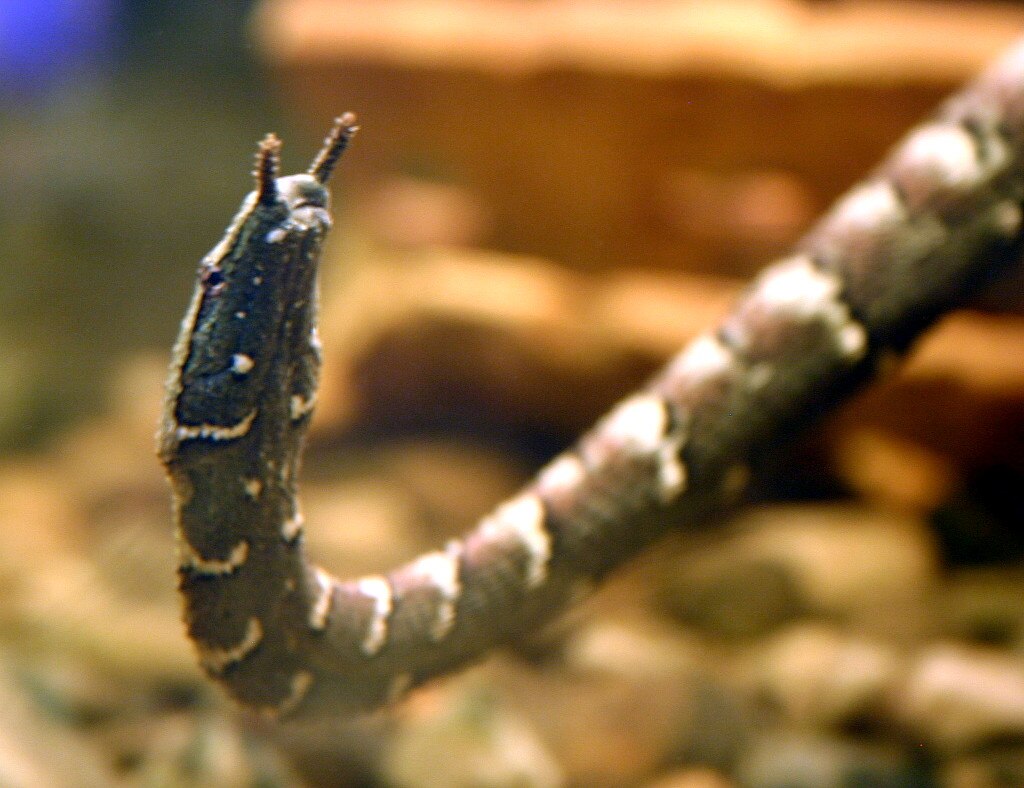
The type and pattern of lighting around your fire pit area can significantly influence snake activity and your ability to spot potential visitors. Contrary to popular belief, bright lights don’t necessarily deter snakes and may increase encounters by attracting insects that draw in both prey animals and their snake predators. Using amber or red-tinted lighting reduces insect attraction while still providing visibility for human activities. Strategic placement of lights to eliminate shadows and dark corners where snakes might remain undetected can enhance safety during evening gatherings. Motion-activated lighting systems offer a practical compromise, providing illumination when needed without creating a constant attractive force for the local food web. Some homeowners find that solar-powered ground lighting along pathways helps prevent accidental encounters by illuminating snakes that might otherwise be stepped on in the dark.
Safe Response: What To Do If You Encounter a Snake

Knowing how to respond appropriately when discovering a snake near your fire pit can prevent dangerous situations for both humans and the reptile. The most important first step is to remain calm and avoid sudden movements that might startle the snake into defensive behavior. Keep children and pets away from the area until the situation is resolved. Give the snake plenty of space and a clear escape route – in most cases, it will gladly take the opportunity to leave. Never attempt to handle, capture, or kill the snake, as this dramatically increases the risk of being bitten. If the snake doesn’t move on naturally and you’re concerned about its presence, contact local wildlife authorities or professional snake removers who can safely relocate it. Learning to identify common snake species in your area can help you distinguish between harmless visitors and those requiring more cautious management.
Cultural and Historical Perspectives on Snakes and Fire
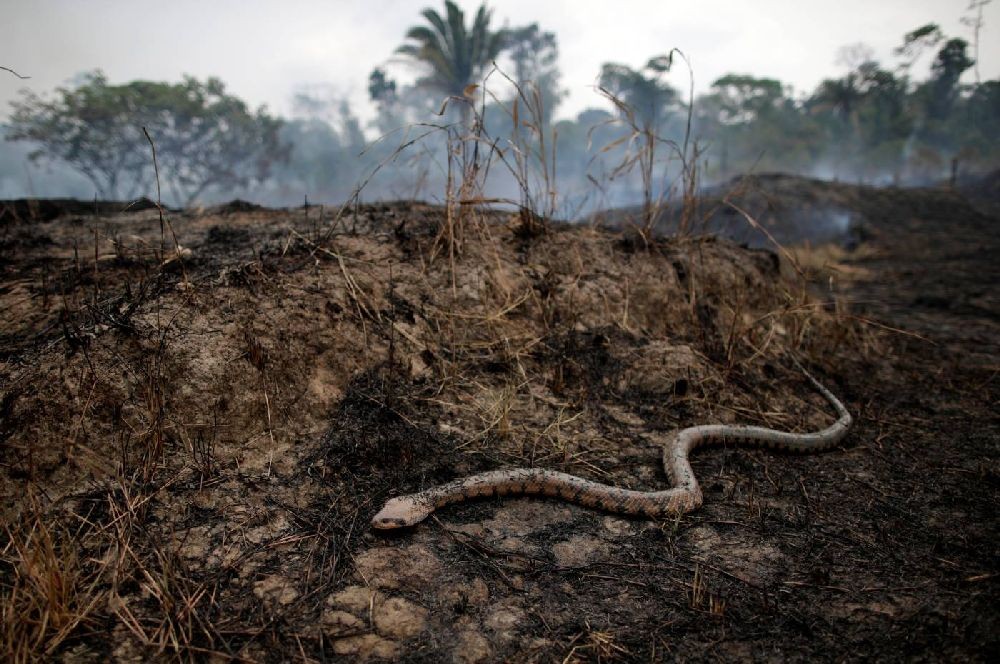
The relationship between snakes and fire has deep roots in human history and appears in countless cultural traditions around the world. Many indigenous cultures recognized snakes’ attraction to fire and incorporated this knowledge into their mythology and practical wisdom. In Australian Aboriginal traditions, the Rainbow Serpent creation stories often connect snakes with fire and water, two elemental forces. Ancient Greek and Roman texts document observations of snakes seeking warmth from human hearths during cold periods. Chinese folklore contains numerous references to the relationship between certain snake species and fire, often with symbolic connections to balance and opposing forces. These cultural perspectives remind us that human-snake interactions around fire sources are not new phenomena but rather age-old ecological relationships that humans have observed and interpreted throughout history. Understanding these cultural contexts can enrich our appreciation of these fascinating creatures even as we take practical steps to manage their presence around our modern fire features.
Ecological Benefits: The Positive Side of Snake Visitors
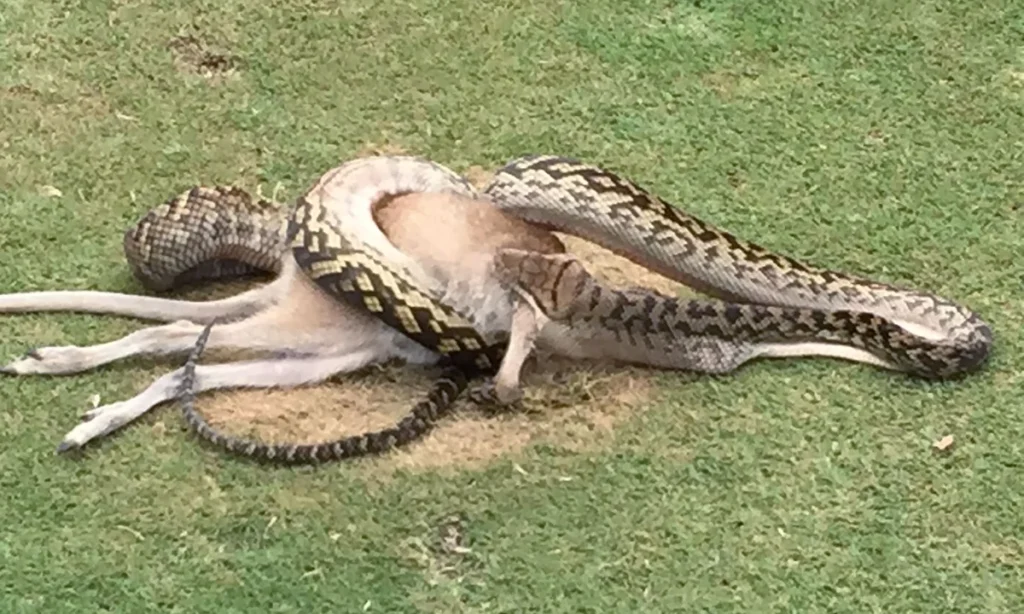
While many homeowners instinctively view snakes as unwelcome visitors, their presence around fire pits can provide significant ecological benefits to your property. Snakes serve as natural pest control specialists, efficiently managing populations of rodents, insects, and other potential nuisance animals. A single snake can consume dozens of mice annually, potentially preventing property damage and reducing the risk of diseases carried by rodents. Their hunting activities help maintain balanced local ecosystems by preventing any single prey species from becoming overly abundant. Many snake species that visit fire pit areas are particularly adept at controlling rodent populations that might otherwise damage gardens, enter homes, or create health hazards. Recognizing these ecological services can foster a more balanced perspective on snake encounters, viewing them as part of a healthy backyard ecosystem rather than solely as threatening intruders.
Understanding why snakes are attracted to fire pits and BBQ areas helps us navigate these encounters with knowledge rather than fear. The combination of heat-seeking behavior, prey availability, and shelter opportunities creates a perfect storm of attractants for these reptilian visitors. By implementing simple preventive measures and knowing how to respond appropriately when encounters occur, we can continue to enjoy our outdoor cooking spaces while minimizing unwanted snake interactions. Rather than viewing these situations with alarm, we can appreciate the fascinating ecological adaptations that bring snakes to our fire pits and recognize their important role in maintaining balanced backyard ecosystems.





